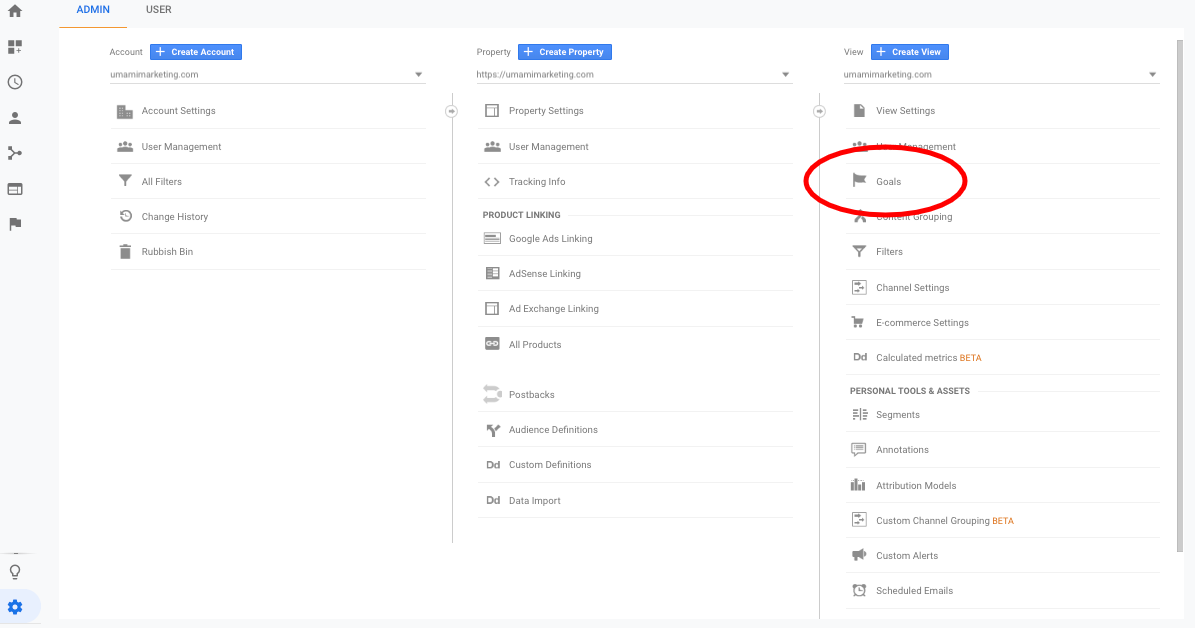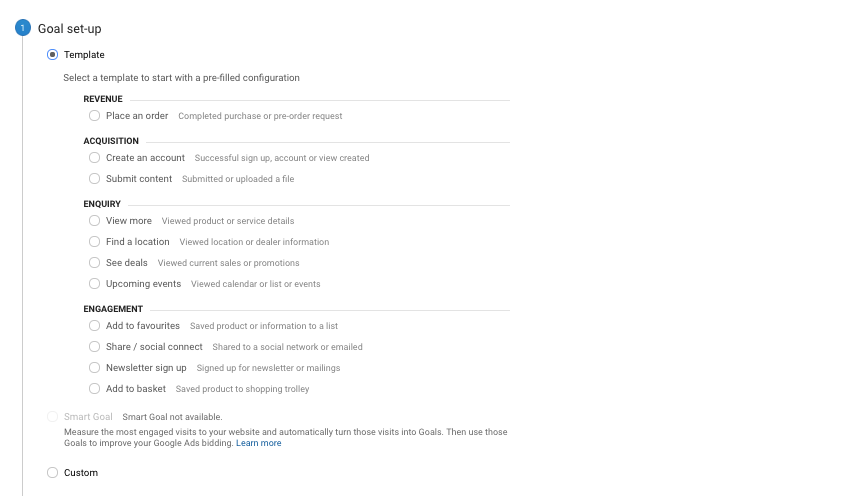Micro Conversions: What Exactly Are They & Why Do They Matter?
Conversions on your website can happen in macro form and micro form: but what’s the difference? At a high level, a macro conversion is a primary conversion on your site — for example, a completed eCommerce sale, a free trial sign-up, or a completed form for lead generation.
What is a Micro Conversion?
A micro conversion, on the other hand, is a much smaller type of engagement, but is still a stepping stone that the majority of users actually use prior to making a macro conversion. Some examples of micro conversions include:
- Signing up for an email newsletter
- Watching a product video
- Downloading a PDF brochure or eBook
- Following a brand on social media
- Commenting on a blog or social post
- Sharing a blog or social post on their own social media account
- Viewing a certain number of pages on your site
- Creating an account
- Adding a product to a shopping cart
Micro conversions are often seen as “less important” than a macro conversion, but they can actually be a very useful indicator of a user’s initial interest in your brand or product.
Why do Micro Conversions Matter?
For example, say a user finds one of your blog posts through a keyword search in Google, and likes that post enough to sign up for your monthly newsletter (a micro conversion). They could also choose to follow you on social media to keep up with your daily posts (another micro conversion), and perhaps even share one of your posts on their Facebook page or to their friends (yet another micro conversion).
Sure, this user hasn’t purchased a product or service, but they are clearly interested in your brand and the content you are sharing. Although they haven’t yet made a macro conversion, it doesn’t mean they won’t in the future…and for now are still taking desirable actions across your website and social media accounts. Micro conversions can help you to better understand your visitors’ behaviours, allowing you to target your marketing campaigns more accurately and optimize your site for those same visitors’ macro conversions in the future.
How Can You Track Micro Conversions?
You can track micro conversions in the same way you track macro conversions within Google Analytics. Under the “Admin” section of your Google Analytics account, click “Goals”:

Click the red button to “+ New Goal” and set up your micro conversion goal using one of the templates Google Analytics has provided:

Complete the set-up, including naming your goal and how you’ll track it:

Once your goal set-up is complete and active, you can track that same goal’s conversions through the Conversions –> Goals –> Overview section of your Analytics account (in the same place you’d track macro conversion goals).
—
Tracking micro conversions can help you to understand your users’ website journey and experience and may help you to further direct them towards macro conversions, which in turn means an increase in lead generation or an increase in sales and revenues. If you’re ignoring your micro conversions, you might be missing out on some valuable interactions with your website visitors.


